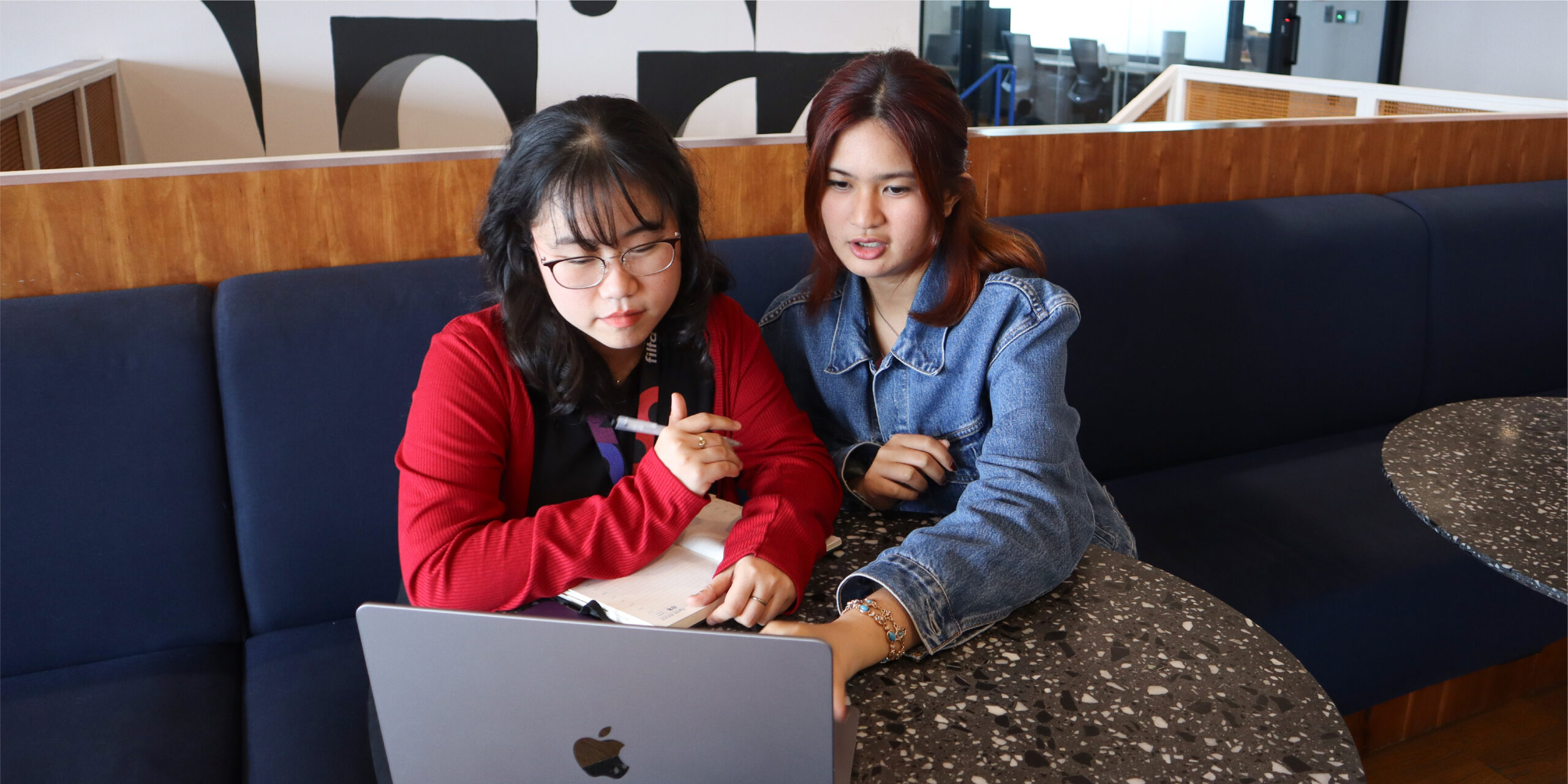Technology has become an integral part of our daily lives, and while it has brought us many benefits, it has also introduced new challenges. One of the biggest challenges is managing our screen time and avoiding digital fatigue. With so many devices and apps vying for our attention, it’s easy to spend hours scrolling and clicking without realising how much time has passed.
To avoid overworking and burnout in a virtual environment, it’s important to set boundaries with technology. This means being intentional about how and when we use our devices. One strategy is to schedule breaks throughout the day to step away from the screen and recharge. Another is to prioritise tasks and limit the amount of time spent on non-essential activities.
It’s also important to establish boundaries with others, such as colleagues and family members, who may expect us to be constantly available and responsive. Communicating our needs and limitations can help prevent misunderstandings and foster healthier relationships.By setting boundaries with technology, we can enjoy the benefits of digital tools without sacrificing our well-being and productivity.
In this blog post, we’ll explore effective strategies to manage screen time, avoid overworking, and foster well-being in the virtual realm.
The Challenge of Digital Overload
1. Recognising the Impact of Digital Overload:
The constant barrage of emails, virtual meetings, and notifications can lead to digital fatigue. Recognising the impact of prolonged screen time on mental and physical health is the first step in addressing this modern-day challenge.
2. The Thin Line Between Work and Home:
Working from home blurs the boundaries between professional and personal life. Without a physical separation between office and living space, the temptation to continuously engage with work-related tasks can be overwhelming.
Managing Screen Time
1. Implementing the Pomodoro Technique:
Break down work into focused intervals, typically 25 minutes, followed by a short break. This technique not only enhances productivity but also prevents prolonged periods of screen exposure.
2. Scheduled Screen Breaks:
Incorporate scheduled breaks throughout the day to step away from the screen. Use this time for stretching, short walks, or activities that do not involve digital devices, allowing your eyes and mind to reset.
3. Establishing Clear Work Hours:
Set defined work hours and stick to them. Clearly communicate your availability to colleagues and clients, and avoid responding to work-related messages outside of these hours to create a healthy boundary.
4. Digital Detox Days:
Designate specific days for a digital detox. Disconnect from work emails and messages, and engage in activities that promote relaxation and personal well-being.
Avoiding Overworking and Burnout
1. Setting Realistic Goals:
Establish achievable daily and weekly goals. Setting realistic expectations prevents the need for excessive work hours and contributes to a sense of accomplishment.
2. Learning to Say No:
Recognise your limits and learn to say no when additional tasks or projects threaten to overload your schedule. Prioritise your well-being and understand that it’s okay to decline additional responsibilities.
3. Creating a Dedicated Workspace:
Designate a specific area in your home for work. When you step away from this space, mentally detach from work-related thoughts. This physical separation helps create a psychological boundary.
4. Utilising Technology to Enhance Breaks:
Use technology to your advantage during breaks. Engage in activities that promote relaxation, such as meditation apps, calming music, or virtual environments that provide a mental escape.
Strategies for a Balanced Virtual Environment
1. Structuring a Consistent Routine:
Establish a consistent daily routine that includes designated work hours, breaks, and non-screen-related activities. A structured routine contributes to a sense of stability and balance.
2. Prioritising Self-Care:
Prioritise self-care activities, both during and after work hours. This may include exercise, hobbies, or activities that bring joy and relaxation, contributing to overall well-being.
3. Communicating Boundaries Effectively:
Clearly communicate your boundaries with colleagues, supervisors, and family members. Articulate your work hours, break times, and the importance of adhering to these boundaries for a healthier work-life balance.
4. Reflecting on Personal Needs:
Regularly reflect on your personal needs and adjust your work habits accordingly. Recognise signs of burnout, stress, or digital fatigue, and proactively address these issues before they escalate.
The Impact on Well-Being
1. Improved Mental Health:
Setting boundaries with technology promotes improved mental health by preventing burnout and reducing stress. Taking breaks and stepping away from screens contribute to enhanced focus and mental clarity.
2. Increased Productivity:
Contrary to common belief, setting boundaries with technology enhances productivity. Focused work intervals, regular breaks, and a balanced routine contribute to increased efficiency and task accomplishment.
3. Enhanced Work-Life Balance:
Effective boundary management results in a more balanced work-life dynamic. This balance fosters a healthier lifestyle and greater satisfaction both personally and professionally.
4. Prevention of Burnout:
Proactively managing screen time and avoiding overworking are crucial in preventing burnout. Recognising the signs of burnout and addressing them early on contributes to sustained well-being.
Conclusion: Cultivating a Balanced Digital Lifestyle
In the virtual work environment, cultivating a balanced digital lifestyle is paramount for overall well-being. Setting boundaries with technology is not just a strategy; it’s a fundamental approach to preserving mental health, preventing burnout, and fostering a sense of equilibrium.
By implementing these strategies, individuals can reclaim control over their digital engagement, promoting a healthier relationship with technology and achieving a harmonious balance between work and personal life in the virtual realm. In a world dominated by screens, the power to set boundaries becomes a cornerstone of personal and professional resilience.





